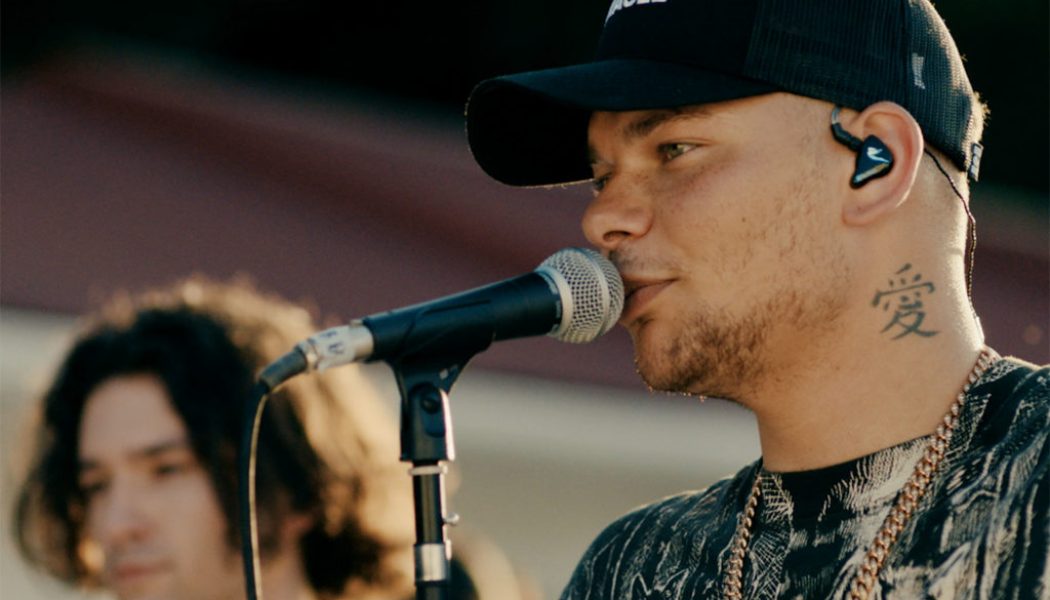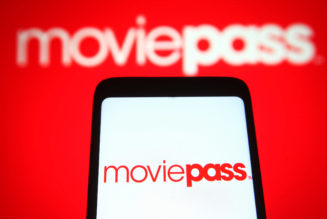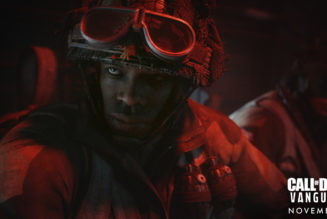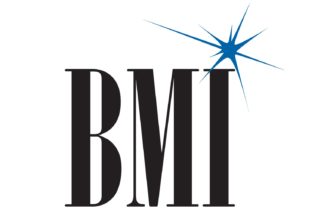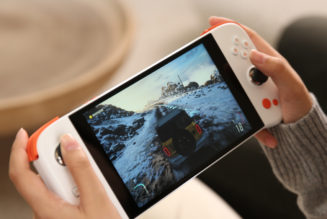
Practical advice from the players behind virtual concerts by Kane Brown, Dropkick Murphys, H.E.R. and Lissie.
The first time singer-songwriter Lissie tried a livestream, in late March, she was at her then-boyfriend’s house in northern Virginia, and she had just managed to thank those in attendance — two dogs in the kitchen — before the camera fell to the floor. “This is so professional!” she declared.
But over the months, both her equipment and her savvy became increasingly sophisticated, with the response to her ticketed streams strong enough to cover personal costs and make a charitable donation each time. (She also broadcast her rehearsals for fans who couldn’t afford a ticket.) On Aug. 2, she performed with a band and a dozen sound and lighting crew members at an empty Parkway Theater in Minneapolis, livestreaming to a ticketed audience of 1,000.
For the Parkway Theater livestream, Lissie worked with veeps.com, which this year has done livestreams with Liam Payne, Brandi Carlile, All Time Low and others. Tickets started at $15, before virtual meet-and-greet and merch add-ons, and remained available for replays of the show through the rest of August. “Artists are figuring it out,” says Anna Pearson, one of Lissie’s managers. Over six months of pandemic livestreaming, performers and managers Billboard spoke with have learned crucial lessons:
• Monitor the WiFi upload speed, not just the download speed, to avoid video buffering; downscale from, say, 1,080 to 540 pixels to avoid overloading a slow connection.
• Test frequently (on an unlisted YouTube page, for example) to avoid going live with glitches.
• Use video-recording Open Broadcasting Software to program multiple cameras.
• Make use of natural light wherever possible, as if setting up a selfie.
• If you’re livestreaming from home, rotate rooms for each performance. “There are only so many times people are going to watch you sit and play an acoustic in front of your laptop,” says Kat Cody, livestream consultant for veeps.com. “What can you do to make that more exciting?”
• Invest in a backdrop. “You can get a giant roll of paper and hang that up, or a sheet and some twinkle lights,” says Cody. “It doesn’t have to be wild.”
“There are a lot of things you can do to make your livestream cool without spending a lot of money,” says Cody. “There are about a thousand different moving parts and pieces to the puzzle.”
Superstar artists can hire people to handle the details, but even then, there’s a learning curve. They need help from venues and experienced production staffers to make everything look good. To demystify the process, Billboard spoke with reps for three artists who’ve figured it out.
Kane Brown: “You Can’t Do That By Yourself”
The country star filmed five songs for Pandora Live in late July at an East Nashville motel, in front of a pool with “No Diving” stenciled on an overhang — “right at that magic hour at sunset,” according to Martha Earls, his manager. Brown’s crew, which showed up at 11 a.m. and wrapped by 7:30 p.m., included a lighting specialist, a photography director, a COVID-19 officer to monitor social distancing and a “glam person, because you’re standing outside sweating.”
When it comes to a team that large, it helped that — unlike lesser-known artists with smaller budgets — Pandora funded everything, working with three sponsors and paying Brown an undisclosed fee. (The five songs Brown performed were posted individually to YouTube, where they’ve drawn over 800,000 combined views as of Aug. 25.) “Almost everything now is a mini-music video,” says Earls. “It costs money. You can’t do that by yourself.”
Brown is considering a full-concert livestream, but, says Earls, the long layoff of the lockdown presents a challenge. “When you’re touring, you’re in Cincinnati and Cleveland and St. Louis in [one] weekend, and you repeat that 20 more weekends out of the year. With the livestream, you can really only do it once because it lives forever.”
[embedded content]
Dropkick Murphys: “It Was Nerve-Wracking For Everybody”
To pull off a late-May livestream at an empty Fenway Park — with Bruce Springsteen as a special guest, via the Jumbotron — the venerable punk band’s team meticulously prepped the tech. They worked with the Boston Red Sox to spread audio and video monitors across the baseball diamond so each of the six bandmembers could see themselves — although Ken Casey sang while looking at the Boss godhead. “It was nerve-wracking for everybody on both sides of the stage,” says Jeff Castelaz, the band’s manager. “We did a lot of experimenting in the very short time we had for rehearsals.”
One of the first bands to lose a prominent gig in the pandemic, Dropkick Murphys quickly pivoted their annual St. Patrick’s Day concerts in Boston to livestreams. Fortunately, they had already partnered with a corporate client, business software firm Pegasystems, to film a scheduled three-song performance, so they had a venue, a sound stage and a staff ready to expand that to a full livestreamed show, which raised $60,000 for charity. The biggest issue was muscle memory: “The band hadn’t played a show since Feb. 17 in London, so they couldn’t rehearse in the traditional way,” says Castelaz. “We were flying without a net.”
Fenway was the band’s idea. The Red Sox were receptive, but insisted on strict safety protocols: The Murphys had to perform 6 feet apart and bring no more than 32 people to the park. The band had to “play to the cameras,” including some hovering on drones, and communicate with a video crew five stories overhead in the announcing booth. “It was at least a month of three or four or five long Zoom meetings a week,” says Castelaz of the show, which drew 9 million viewers and raised over $700,000 for COVID-19 charities, including $100,000 in matching pledges from Pegasystems. (The company put in another $51,000 to cover costs, with the band forgoing a fee to make sure as much money as possible could go to its crew.) “We had to figure out everything under the sun. The Red Sox couldn’t have all the people on hand they normally would.”
[embedded content]
H.E.R.: “They Have To Really Time It”
H.E.R.’s Instagram Live Girls With Guitars series — which began in early April and has featured dialogue and duets with such artists as Melissa Etheridge, Tori Kelly, Alessia Cara and Sheryl Crow over seven episodes — wasn’t conceived as a revenue stream. “We do it because she loves it,” says Jeanine McLean-Williams, one of H.E.R.’s managers. “She was like, ‘You know what? We have this time at home. I still want to be creative. I still want to interact with people.’ ” When they’ve reached out to corporate partners like Fender Guitars and Glossier cosmetics, it has been to reward the fans who tune in, not as sponsors.
The biggest tech issue is that Instagram Live audio doesn’t perfectly sync. The video displays two boxes: one for H.E.R. and one for the guest, and when one spontaneously chimes in, the other’s audio cuts out. (The singers generally avoid this problem by planning in advance to exchange verses.) “We have not perfected that,” says McLean-Williams. “If they want to show some emotion, that causes little sound glitches. They have to really time it.”
H.E.R.’s team works especially hard on the internet connection. (Shaky Wi-Fi was a problem when reggae singer Koffee beamed in from Jamaica.) And while managers schedule appearances to the minute, the singer struggles to quickly locate her guests’ requests to join the Instagram Live video amid the mass of scrolling fan chatter. H.E.R. leads the livestreams from her laptop, either from home, her mother’s home or a studio. She always sound-checks before plunging in. “We take it very seriously and script it,” adds McLean-Williams of the livestreams, which have earned 57,000 to 187,000 Instagram likes and roughly 25,000 YouTube views apiece. “We don’t want everybody dropping F-bombs every 30 seconds. We have [some] little rules and regulations.”
[embedded content]
